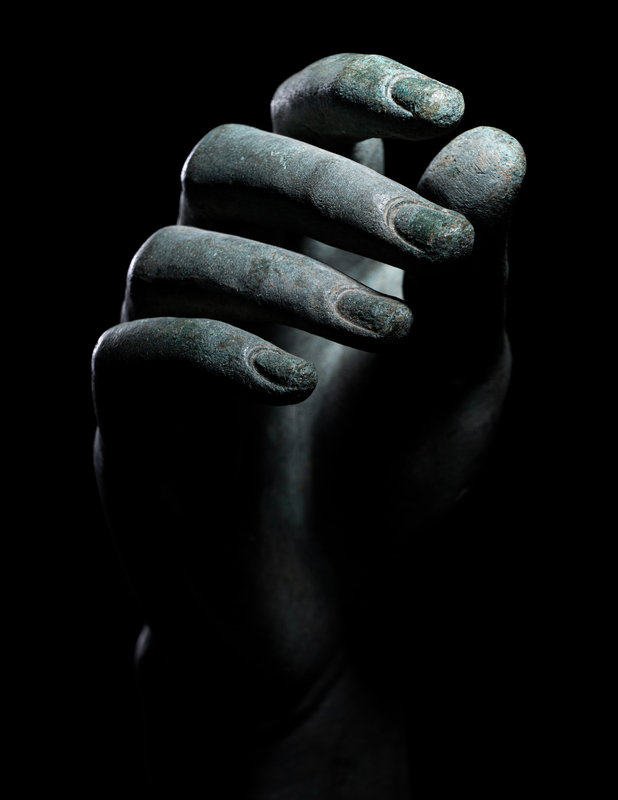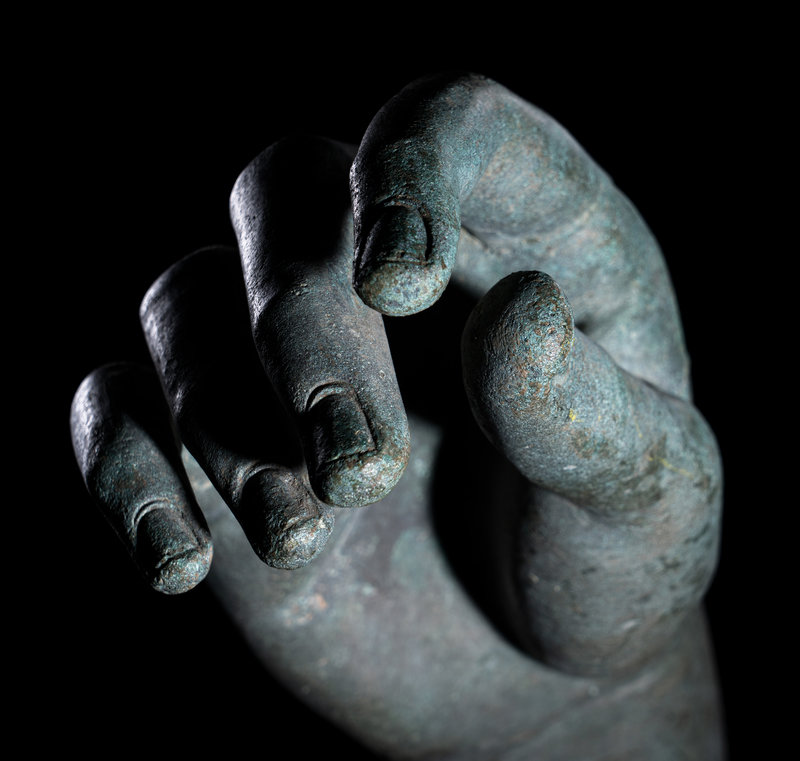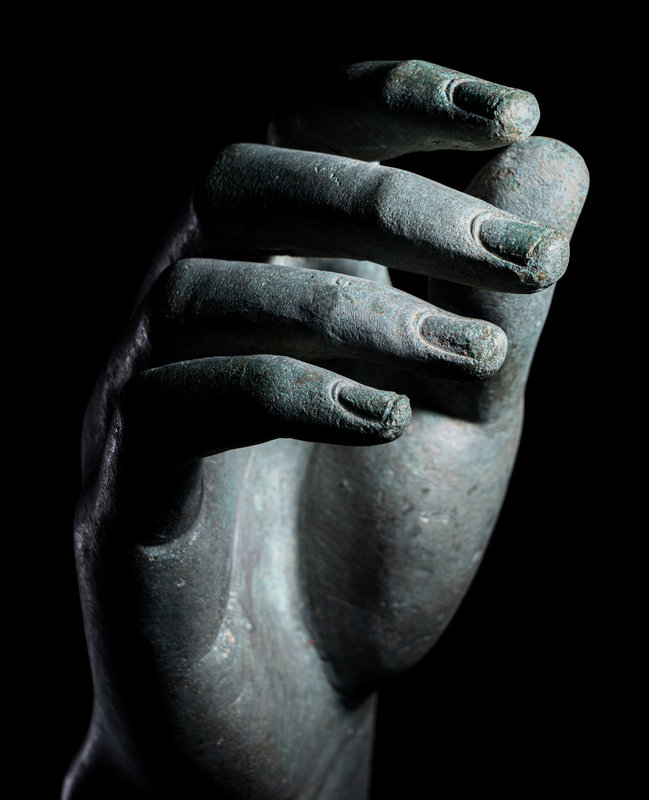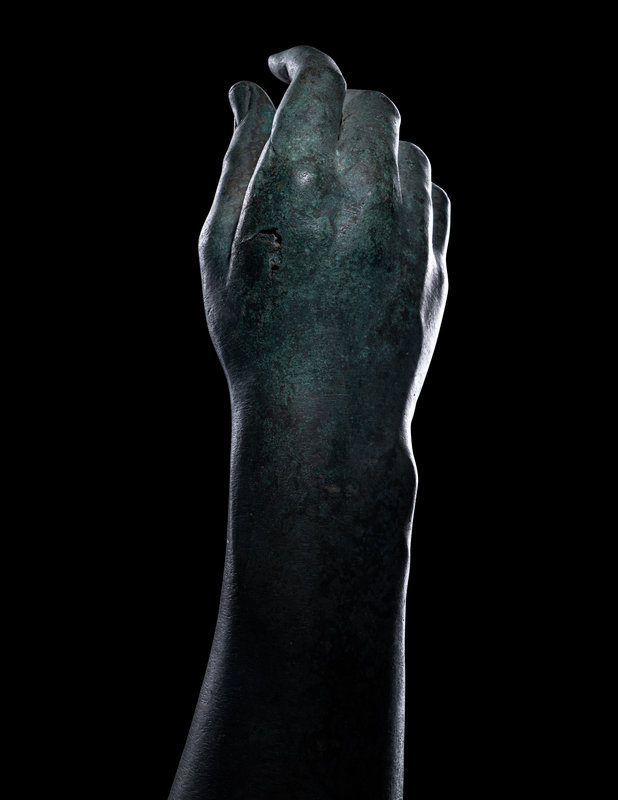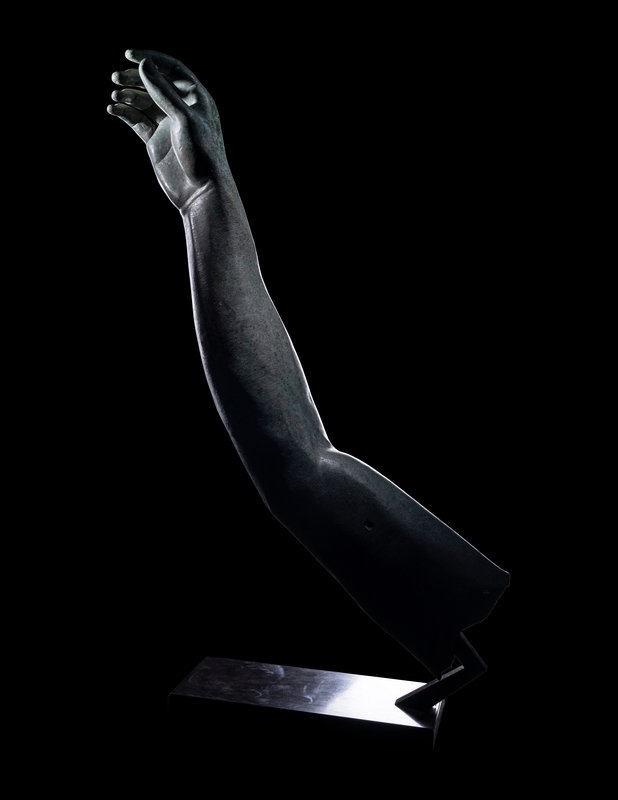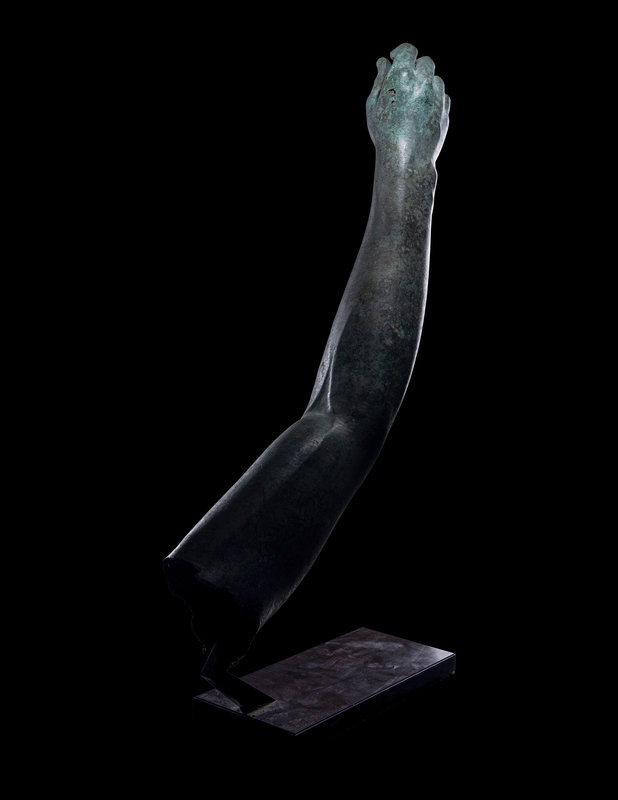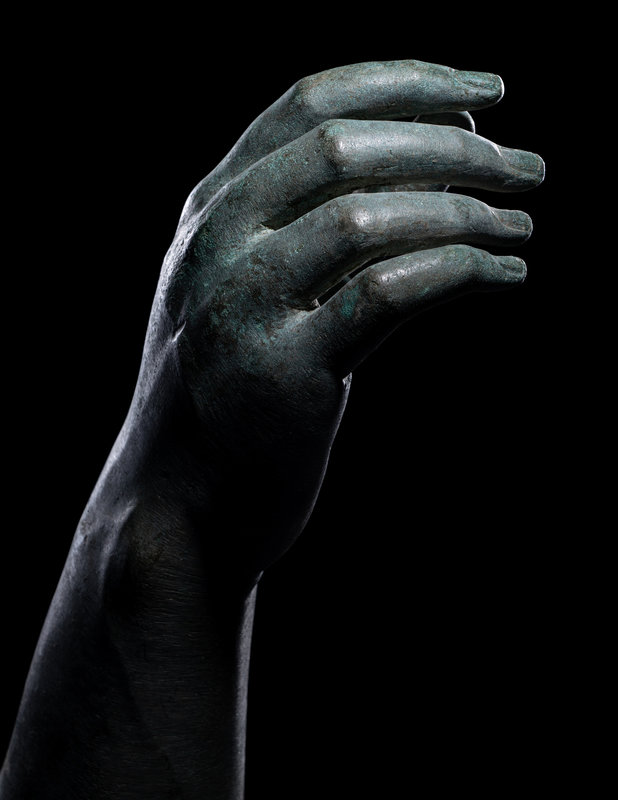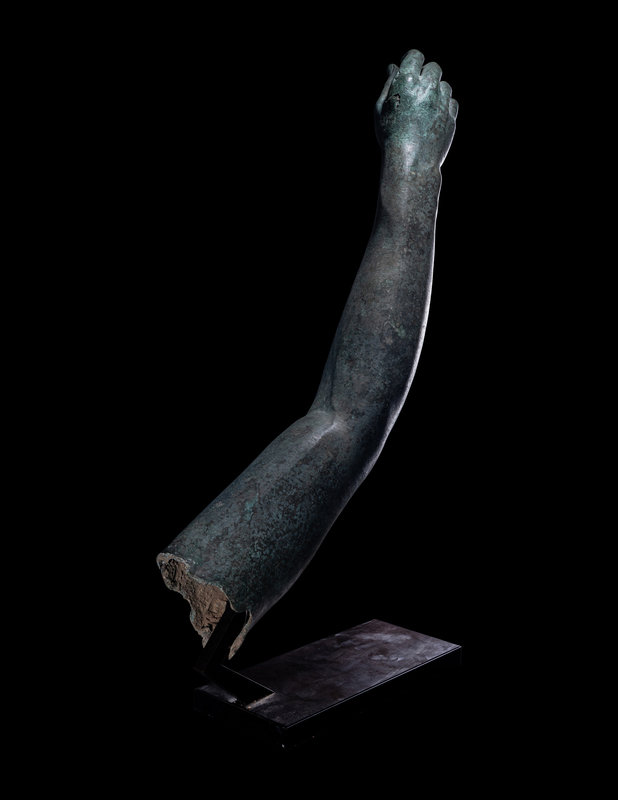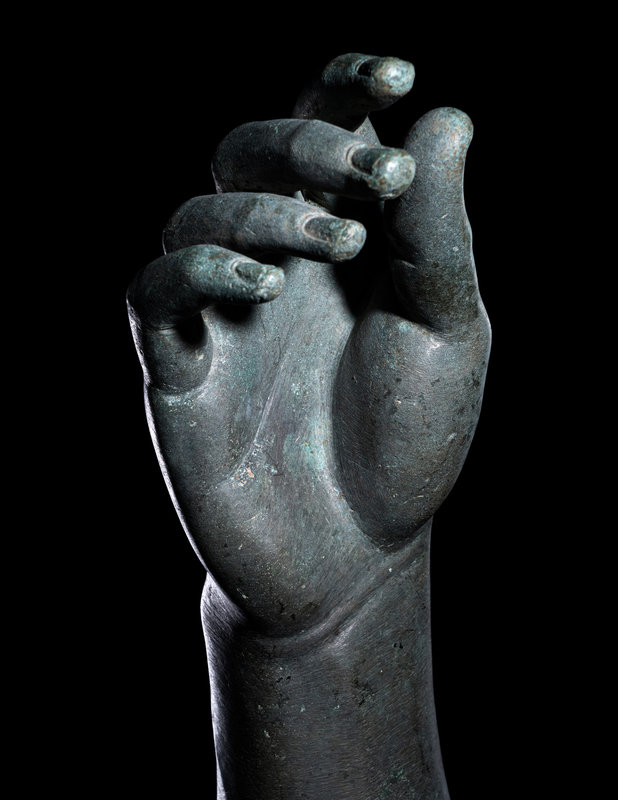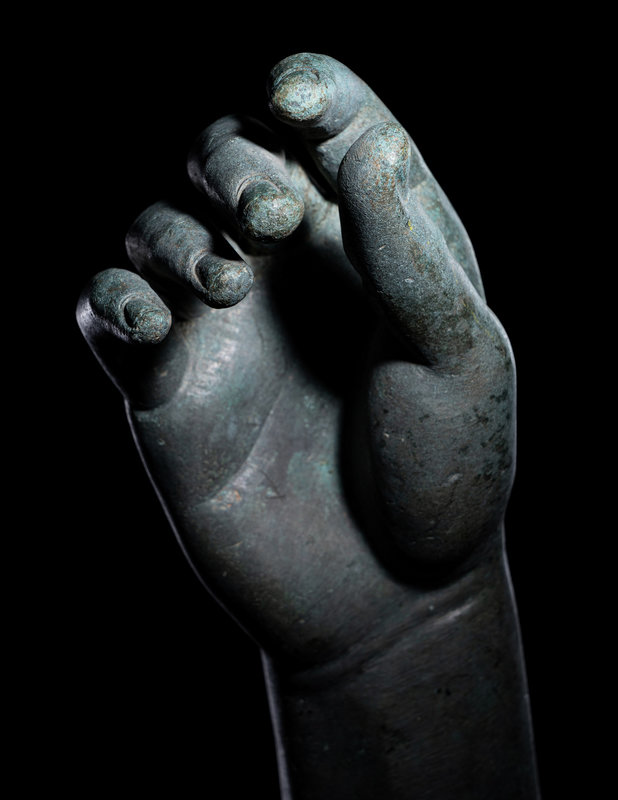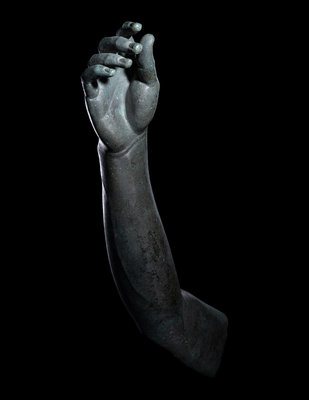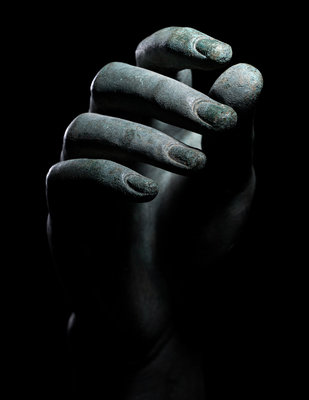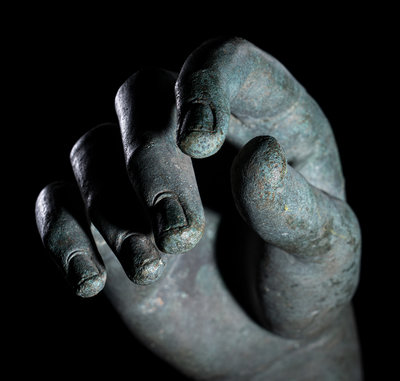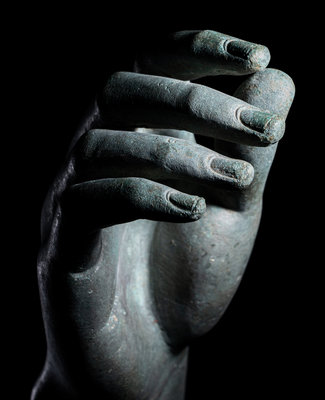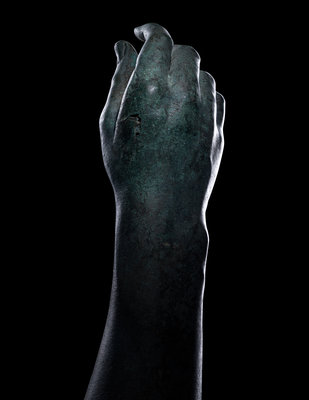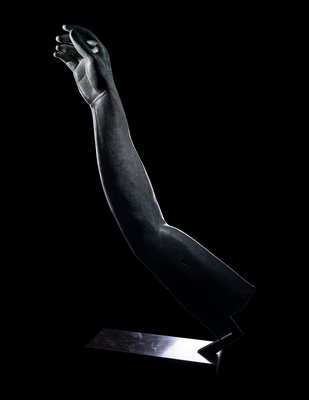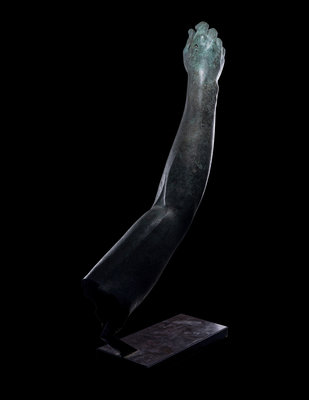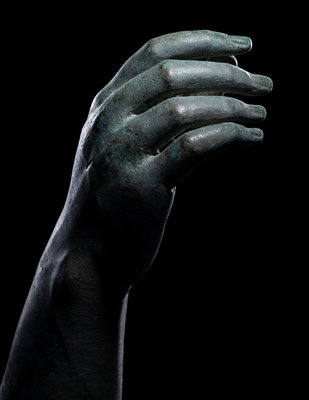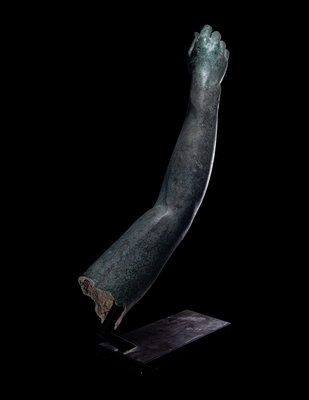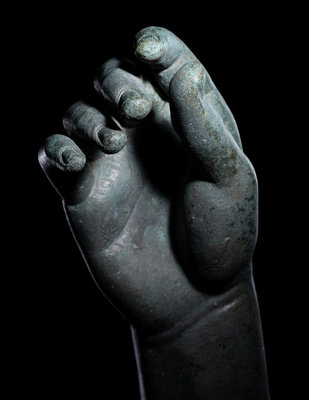Arnold-Peter C. Weiss, M.D. (b. 1960, USA) is an internationally known hand surgeon and Professor of Orthopaedic Surgery at both Brown University Medical School and the Medical University of South Carolina. He received his B.A. and M.D. degrees from Johns Hopkins University, completed an orthopedic surgery residency at Johns Hopkins Hospital, and had a hand surgery fellowship at the Indiana Hand Center. Dr. Weiss served as Dean of Admissions for Brown Medical School for nearly a decade. Dr. Weiss has published over 215 peer-reviewed medical articles and 6 books including the two-volume textbook entitled, Hand Surgery, a two-volume textbook entitled ASSH Textbook of Hand & Upper Extremity Surgery, and a single-volume textbook entitled, Comprehensive Board Review in Orthopaedic Surgery. He has numerous NIH grant awards mainly relating to arthritis development in the thumb and wrist joints. He has lectured over 450 times both nationally and internationally on hand surgery and has received many national awards including the 2018 Weiland Medal for Outstanding Lifetime Research in Hand Surgery. He is Editor Emeritus of the Journal of Hand Surgery and the Journal of the American Society for Surgery of the Hand. He holds 21 patents on orthopedic joint implants and devices used worldwide.
Dr. Weiss has always been interested in art especially that from antiquity to the late 1600s. The current group of ancient hands was collected over nearly three decades and chosen for their aesthetic appeal. They complement an extensive collection of other art related to the hand consisting of medieval stained glass, old master drawings, and old master paintings.
Provenance:Benzaquen Family Collection, Gibraltar, prior to 1860; thence by descent to I.S. Benzaquen.
Ariadne Gallery, New York.
Acquired by the present owner from the above, 10 May 2007. [with export license and independent conservation report]
This highly naturalistic over life-sized arm displays an incredible degree of anatomical precision that could only be achieved by a master workshop, perhaps even a royal atelier. The painstakingly modeled vein, fingernails, and biceps are positively striking in their detail and testify to the technical heights reached by ancient Greek sculptors. The arm likely belonged to a much larger full statue of a nude male heroic figure at the pinnacle of his physique. This monumental athlete or mythological figure would have evoked the pure physical power of idealized youth. At the same time, the subtle bend of the arm with only slightly taut muscles epitomizes the more relaxed poses achieved by Greek masters in the 4th Century B.C. Employing the indirect lost wax casting method, the sculptor covered a plaster or clay model of the desired subject and a surrounding mold with beeswax. When poured, the molten bronze took the place of the wax forming the desired shape. The sculptor then retooled imperfectly cast areas to strengthen its life-like character. Often melted down in antiquity, few bronze sculptures of such technical and artistic quality have survived intact.

